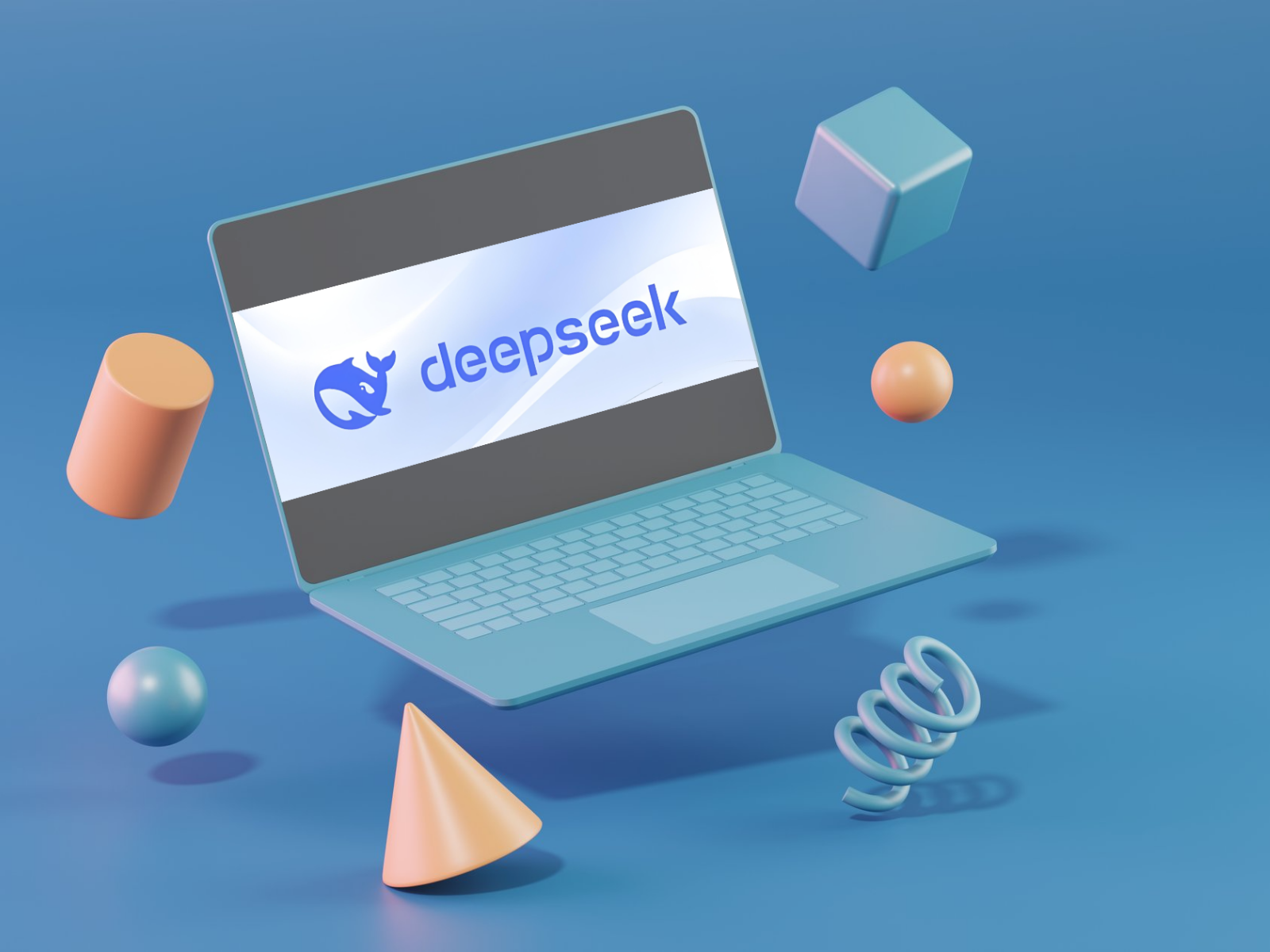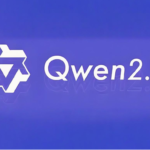Introduction
During the Spring Festival, the name DeepSeek surged across major platforms, suddenly becoming the focal point of the global tech industry. With its extremely low-cost AI models, the company has stunned the world with performance rivaling industry giants like OpenAI and Meta, to the point that it is now being seen as a “threat” by both the American tech and political spheres. What is the magic behind this company’s rise? And does it signal a shift in the AI competition between China and the US?
1. DeepSeek: The Low-Key Chinese Tech Geek Team
DeepSeek’s parent company— “High-flyer ” ,is a top Chinese quantitative private equity firm, managing over 100 billion yuan in assets. Led by founder Liang Wenfeng , the team started investing in high-performance computing clusters as early as 2019, spending over 200 million yuan. By 2022, they had accumulated thousands of NVIDIA A100 GPUs. Despite having a young team of fewer than 200 people, DeepSeek’s mission is driven by a pure technical pursuit of Artificial General Intelligence (AGI), rather than commercialization.
“We want to explore the essence of human intelligence,” Liang Wenfeng said in an interview. This pure technical ambition has led to significant breakthroughs in engineering optimization and technological innovation:
- Bypassing NVIDIA Ecosystem: Using low-level programming languages to optimize computational efficiency and reduce dependency on high-end chips.
- 14-Day Multi-Modal Model Training: Using only 256 A100 GPUs, they developed a 7B small model capable of simultaneously understanding and generating images, outperforming DALL·E and Stable Diffusion 3.
- Pure Reinforcement Learning Paradigm: Abandoning traditional “process reward” mechanisms, they only used result-based reward and punishment to train models, unlocking autonomous reasoning capabilities.
2. Technological Breakthrough: Low-Cost Model Crushing Giants, Open-Source Strategy Shocks the Industry
In December 2024, DeepSeek launched the open-source DeepSeek-V3 model, costing only $5.57 million, outperforming Meta’s Llama 3.1 and OpenAI’s GPT-4 in multiple benchmarks. The subsequent R1 model, with reasoning capabilities on par with OpenAI’s paid version O1, is priced at just 1/30 of the latter. The most shocking move, however, is DeepSeek’s decision to open-source all its models and offer them for free, with unlimited use on its official website.
This strategy directly challenges Meta’s long-standing dominance in the open-source ecosystem and puts OpenAI in a defensive position. US tech media exclaimed: “China is rewriting the AI rules — they’ve used old-generation hardware to create next-generation technology.”
3. US Reaction: From Dismissal to Panic
DeepSeek’s emergence has triggered a series of reactions across the US tech and political spheres:
- OpenAI CEO Sam Altman: Initially dismissed DeepSeek as “lacking innovation,” but after the release of R1, he changed his stance, calling it “impressive” and hastily announcing that GPT-3.5 would be available for free.
- Elon Musk: Liked conspiracy theory tweets suggesting that DeepSeek’s cost data was inaccurate, implying that the company used thousands of H100 GPUs.
- Meta: Formed a special task force to replicate the R1 technology, hoping to regain control of the open-source ecosystem.
- US Government: Trump publicly urged American industries to “compete at all costs,” leaving the US government in a dilemma — further tightening restrictions on chip exports to China or relaxing controls to avoid “forcing China to innovate.”
The capital market also reacted violently: NVIDIA’s stock price plummeted 17% in a single day, and the computing and energy sectors followed suit, reflecting concerns over the “loosening of US tech hegemony.”
4. The Deeper Game: AI Race and National Destiny
DeepSeek’s breakthrough is seen as a symbolic event for China to break the “technology follower” label. For years, China’s AI was considered 2-3 years behind the US, constrained by computing power and an innovative environment. But DeepSeek proved that through engineering optimization and paradigm innovation, computing disadvantages can be compensated for by technological iteration.
“DeepSeek’s breakthroughs are too big for the US to ban,” Bloomberg commented. Wired magazine added: “AI is not just about profits; it is a battle for future power. Whoever masters AGI controls the ‘resources smarter than humans.’”
5. Implications for China’s AI Ecosystem
DeepSeek’s rise has stimulated China’s tech ecosystem:
- Technology Accessibility: Students in remote areas and Silicon Valley elites now have access to the same level of AI tools, promoting “knowledge equality.”
- Industry Catalyst: Alibaba quickly released the “10 million 2.5 Max” model to compete with V3, with other companies following suit with price cuts and open-source strategies.
- Confidence Rebuilding: For the first time, a Chinese team has positioned itself at the forefront of AI core fields, proving the feasibility of the “non-hardware-centric” approach.
6. Conclusion: A Revolution Just Beginning
DeepSeek’s temporary lead does not indicate the end of the China-US AI race. AGI exploration still faces huge uncertainties, and the US’s technological depth and ecosystem advantages remain intact. However, the significance of this Chinese company lies in the gap it has opened — it proves that in the AI race, “innovation” is no longer Silicon Valley’s exclusive domain, and the flames of technological revolution are now being ignited in the East.
As DeepSeek’s official website states: “Exploring uncharted territories.”




